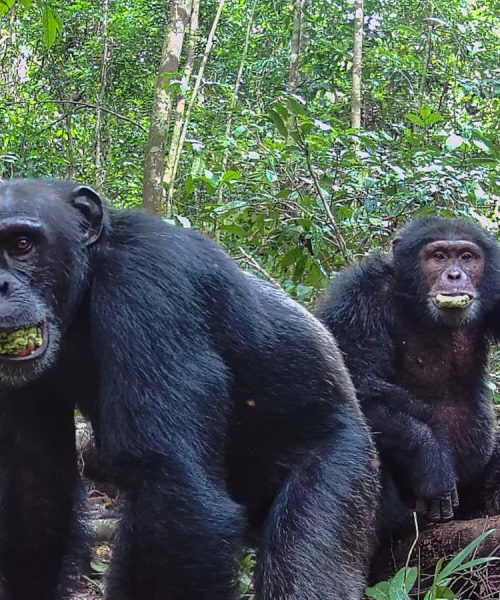
Some amino acids can become concentrated as they travel through cracks in hot rock
Sebastian Kaulitzki / Alamy
Chemical reactions key to the origin of life on Earth could have occurred as molecules moved along thermal gradients within networks of thin rock fractures deep underground.
Such networks, which would have been common on the early Earth, could have provided a kind of natural laboratory in which many of life’s building blocks were concentrated and separated from other organic molecules.
“It’s very difficult to get a more general environment where you could have these purifications and intermediate steps,” says Christof Mast at the Ludwig Maximilian University of Munich in Germany.
Advertisement
He and his colleagues created a heat flow chamber about the size of a playing card to model how a mix of organic molecules might behave in such rock fractures.
They heated one side of the 170-micrometre-thick chamber to 25°C (77°F) and the other to 40°C (104°F), creating a temperature gradient along which molecules would move in a process called thermophoresis. How sensitive a molecule is to this process depends on its size and electrical charge and how it interacts with the fluid in which it is dissolved.
In an 18-hour experiment in the heat flow chamber, they found a variety of molecules were concentrated at different parts of the chamber according to their sensitivity to thermophoresis. Among these molecules were many amino acids and the A, T, G and C nucleobases, which are a key component of DNA. This effect was magnified further when they created a network of three interconnected chambers, again with one side of the chamber network at 25°C and the other side at 40°C. The additional chambers further enriched compounds concentrated by the first.
In a mathematical simulation with 20 interconnected chambers, which might better resemble the complexity of a natural system of fractures, they found the enrichment of different molecules could be amplified yet again. In one chamber, the amino acid glycine reached concentrations around 3000 times higher than that of a different amino acid, isoleucine, despite them entering the network at the same concentration.
The researchers also demonstrated that this process of enrichment could enable a reaction to occur that would otherwise be extremely challenging. They showed that glycine molecules were able to bond to each other as the concentration of a molecule that catalyses the reaction called trimetaphosphate (TMP) increased. TMP is a noteworthy molecule to enrich as it would have been rare on the early Earth, says Mast. “Since [the chambers] are all randomly connected you could implement all sorts of reaction conditions.”
“It’s extremely interesting to have regions in a crack with different ratios of compounds,” says Evan Spruijt at Radboud University in the Netherlands, who was not involved with the research. “You can create more diversity out of very simple building blocks with this added enrichment.”
However, he says enrichment in rock fractures is still far from a viable scenario for an origin of life. “In the end, they still need to come together to form anything that resembles a cell or a protocell.”
Topics:





